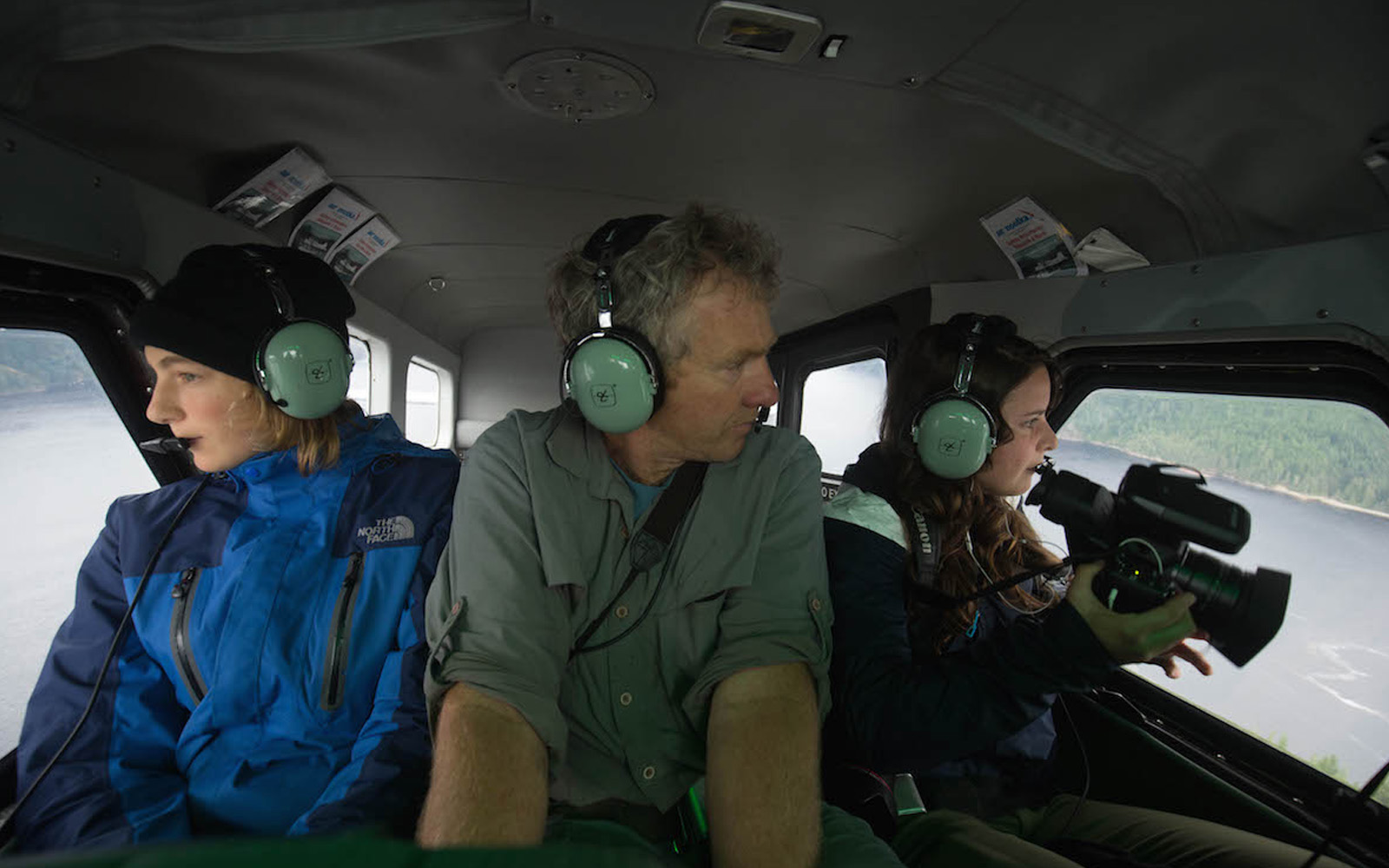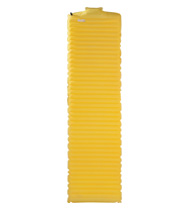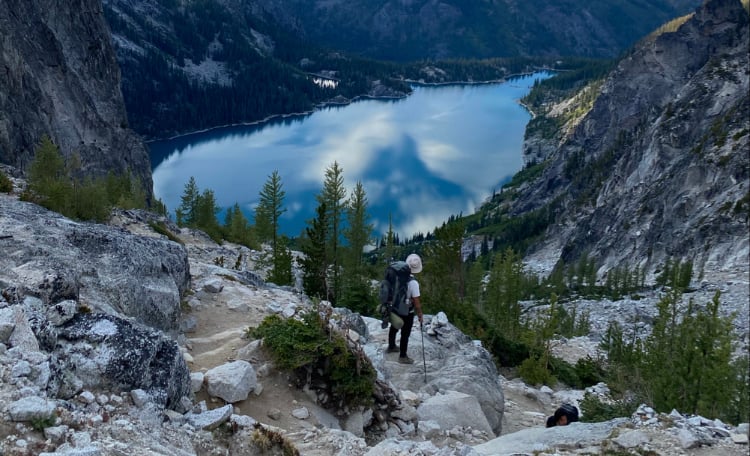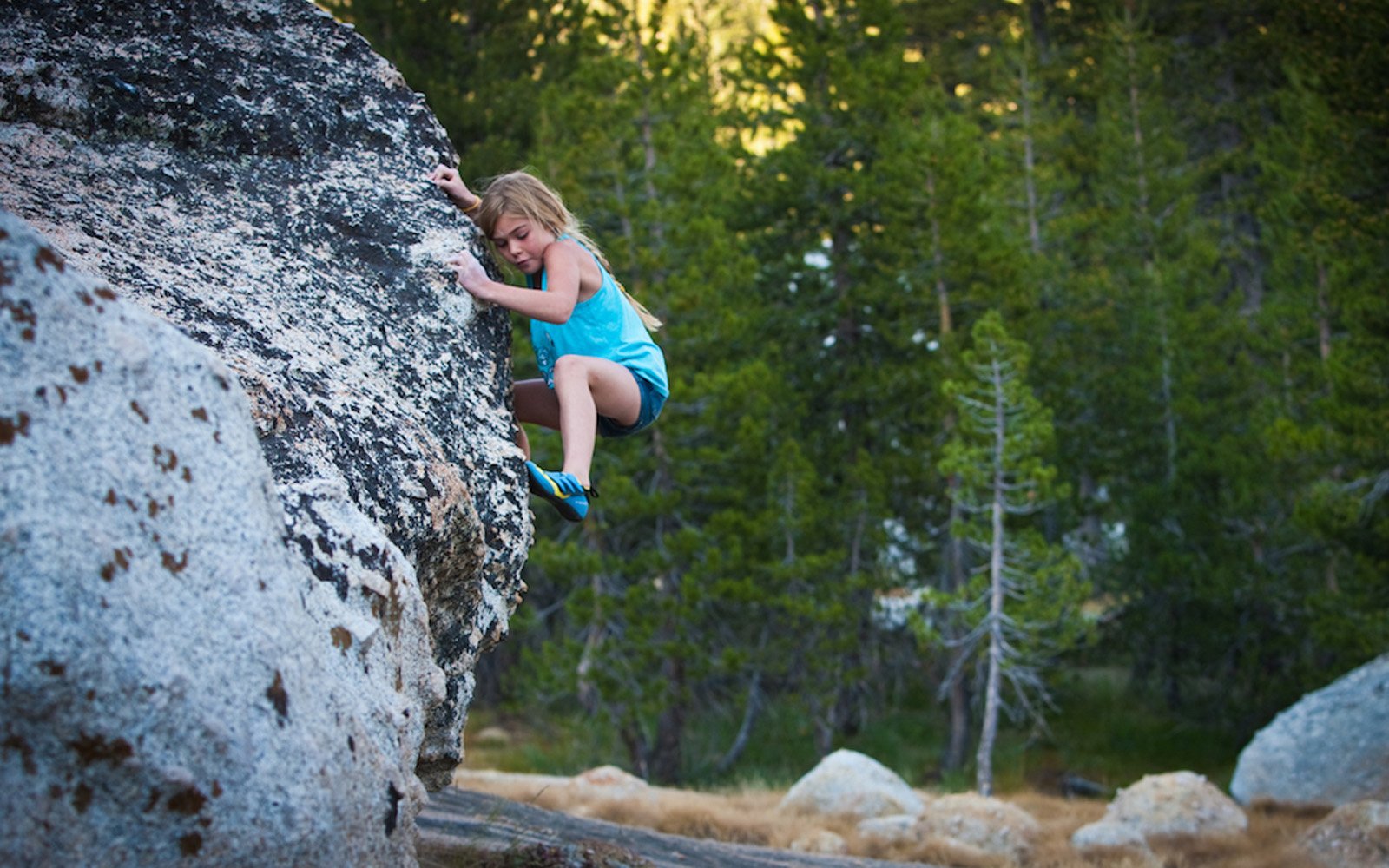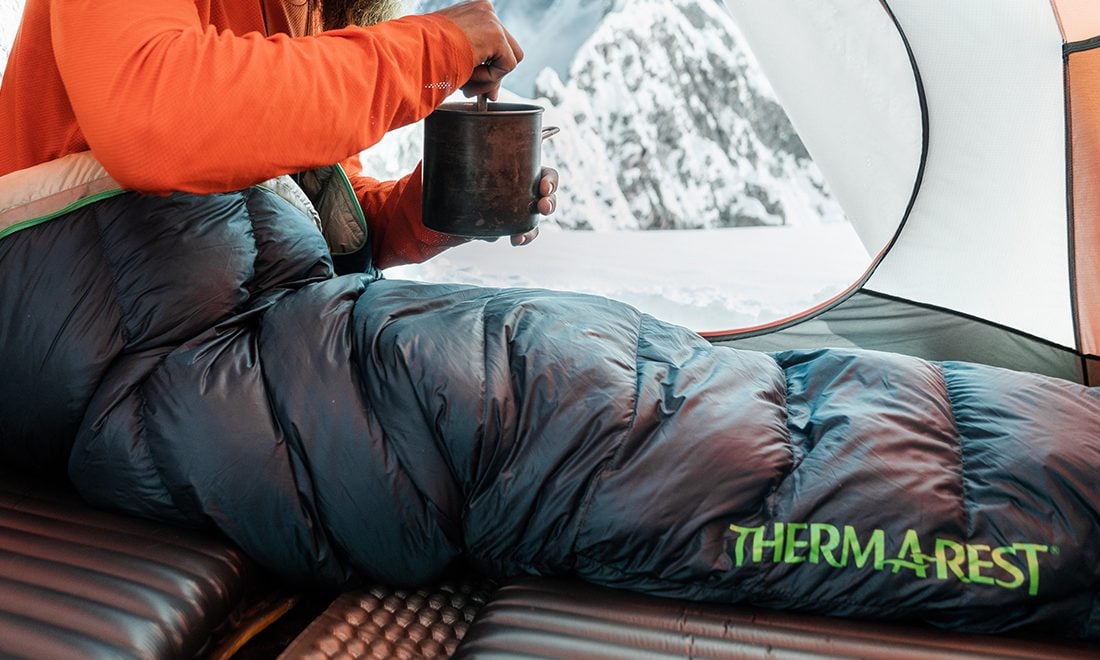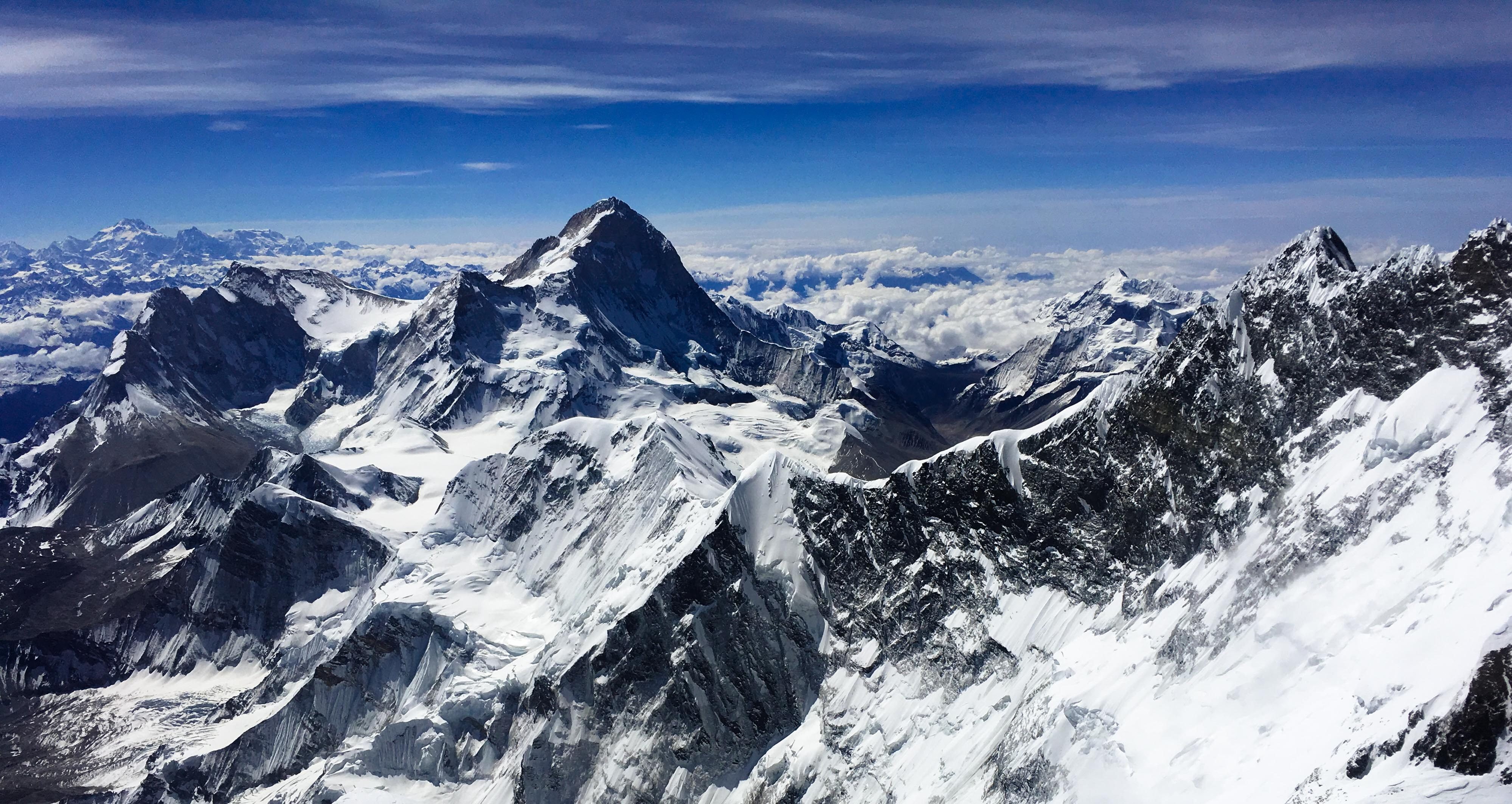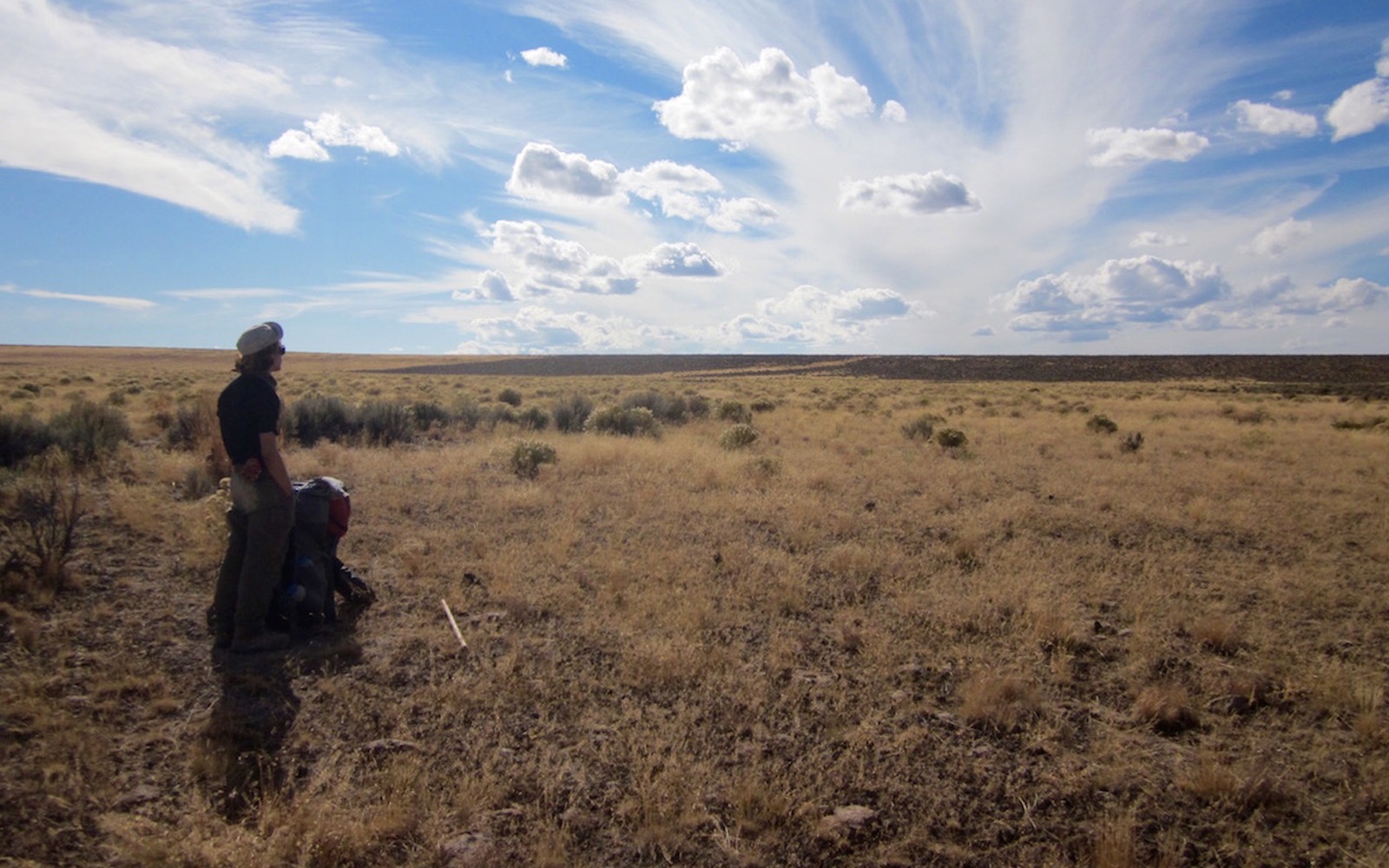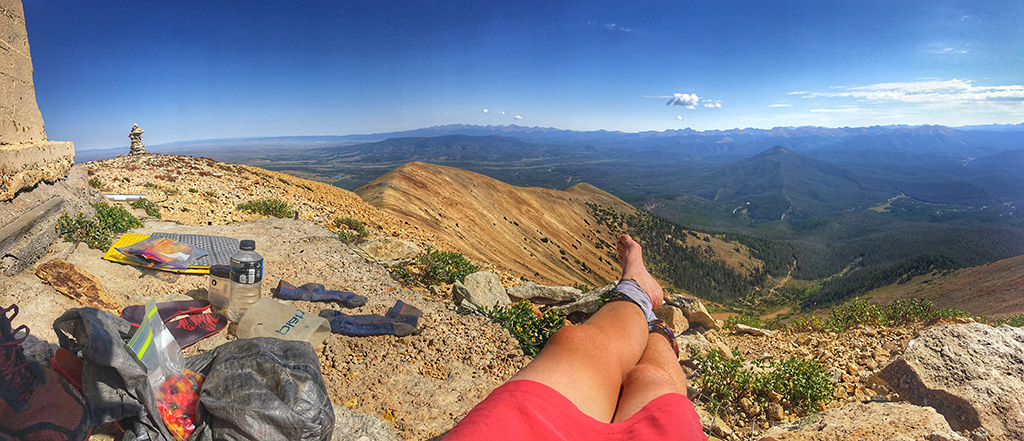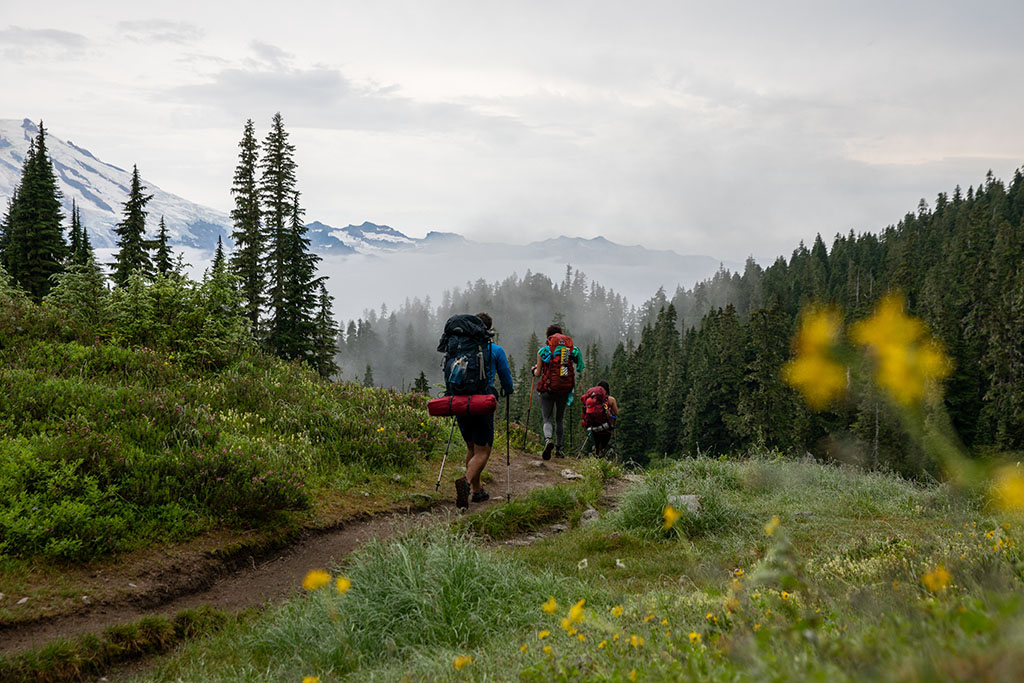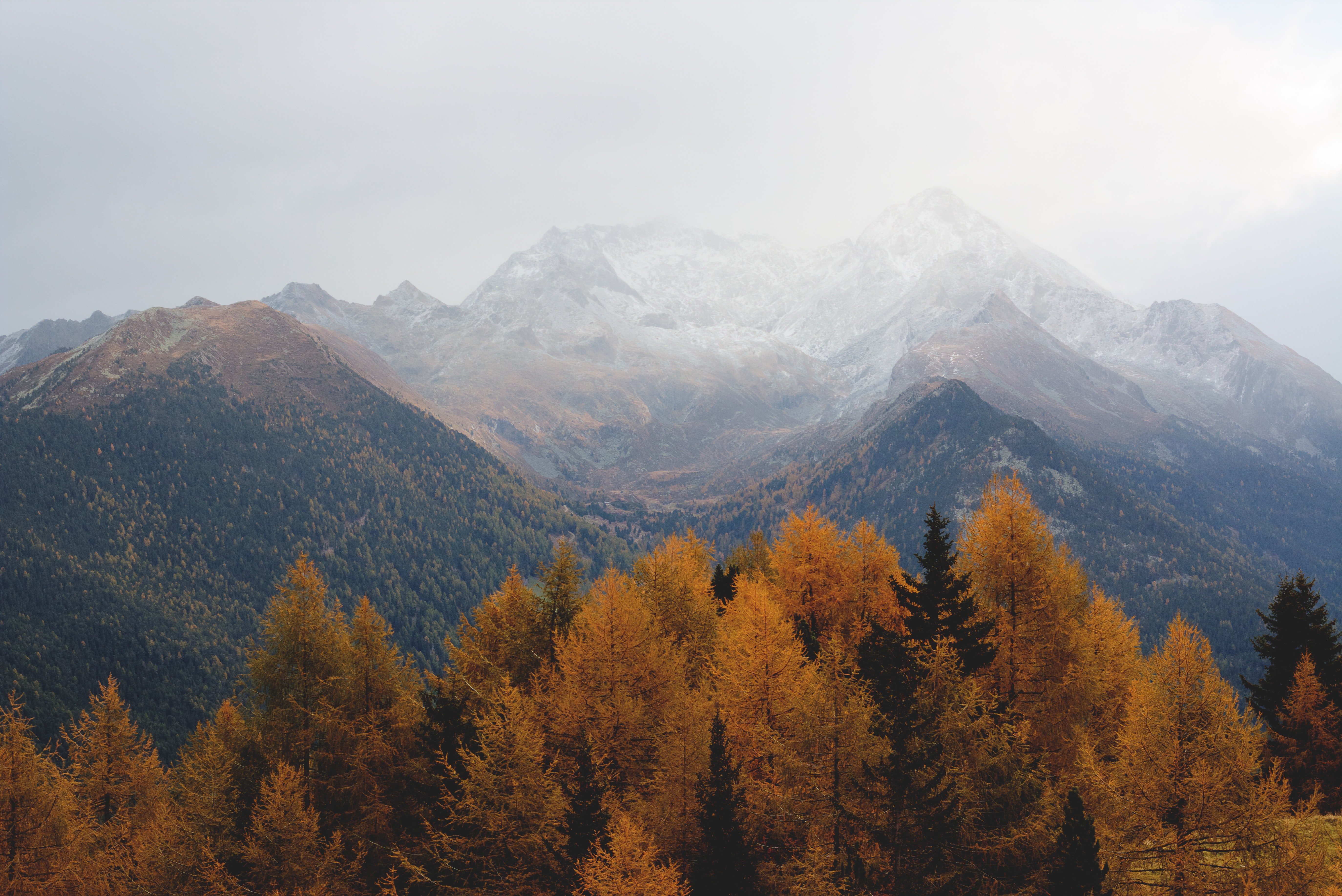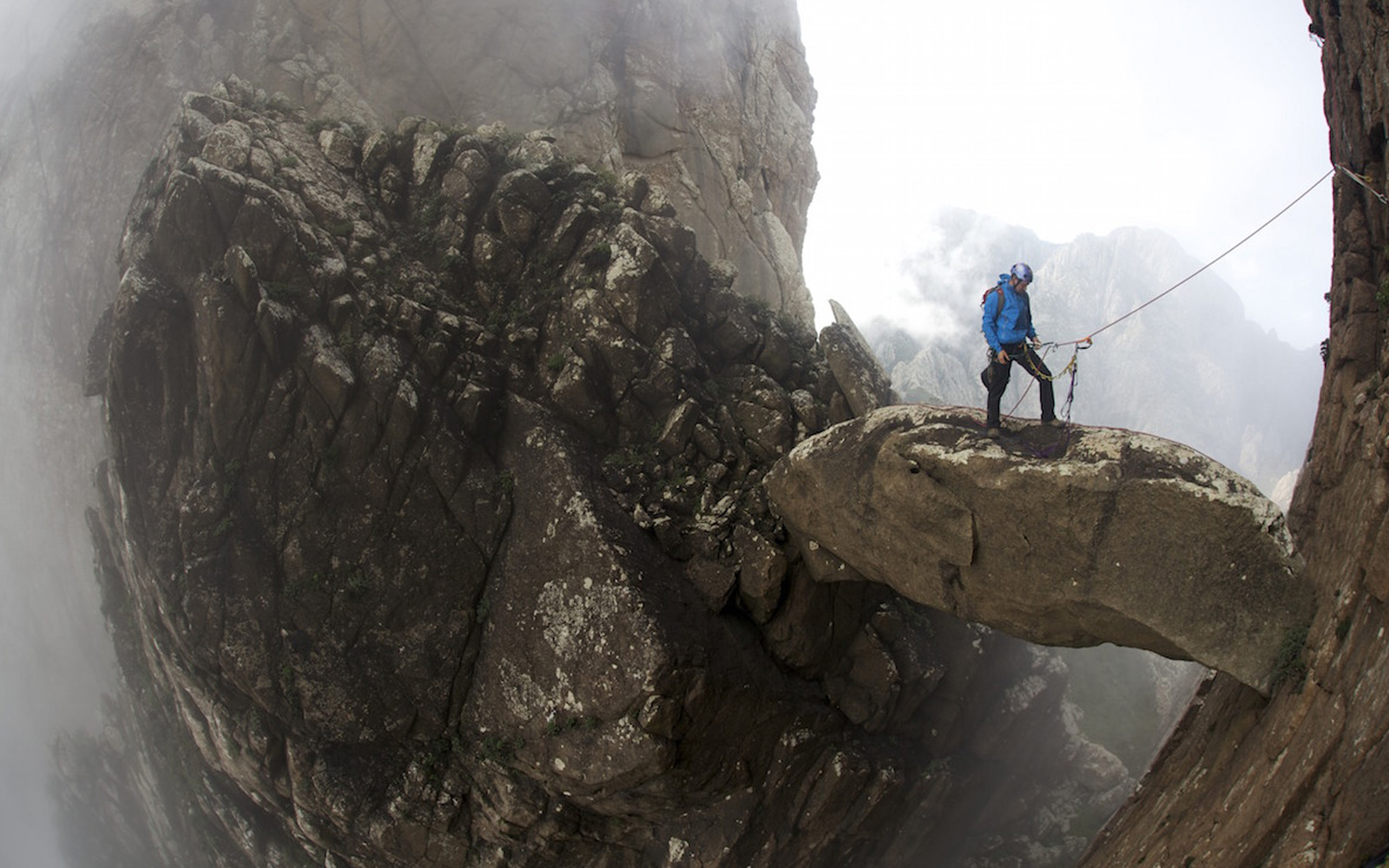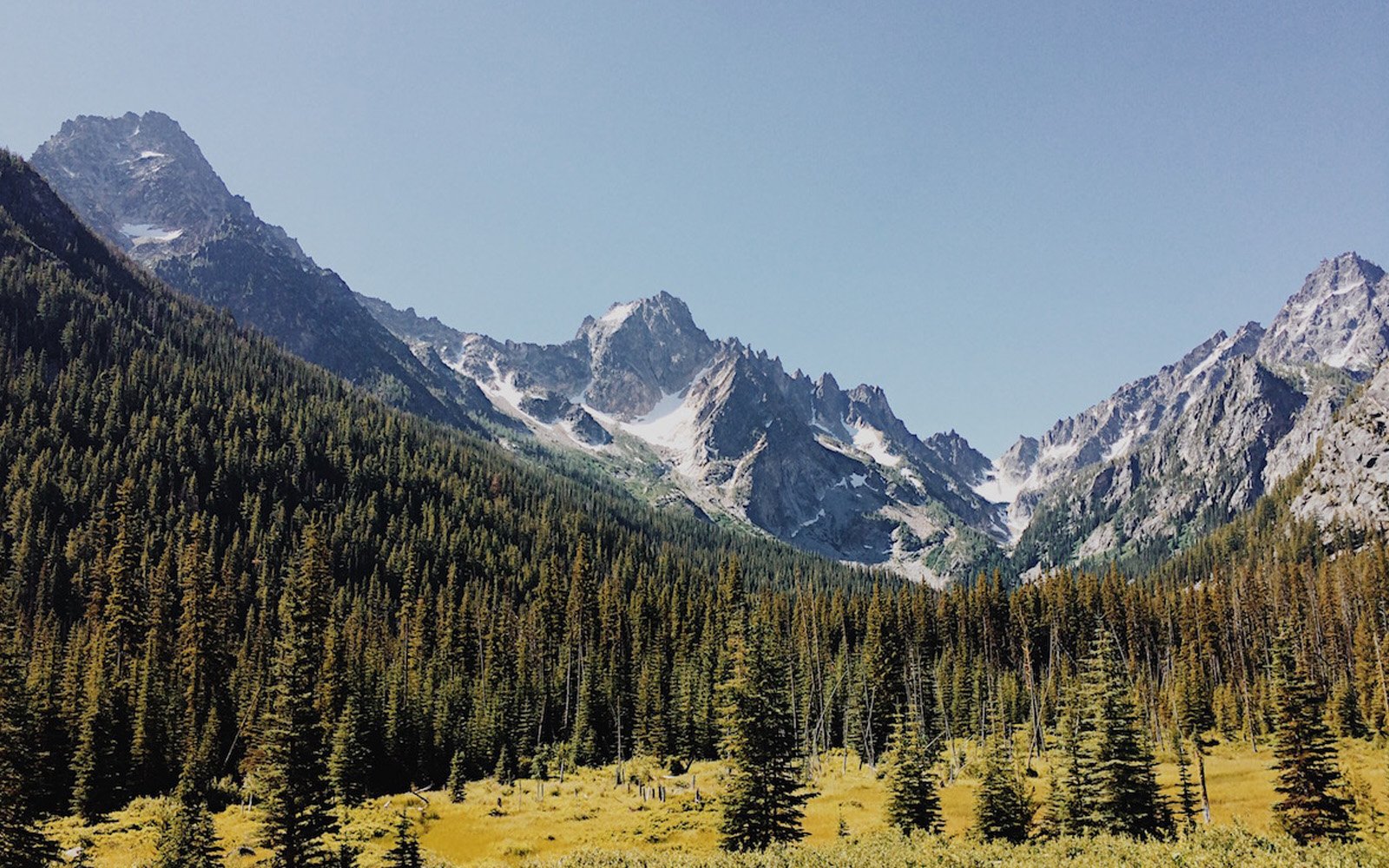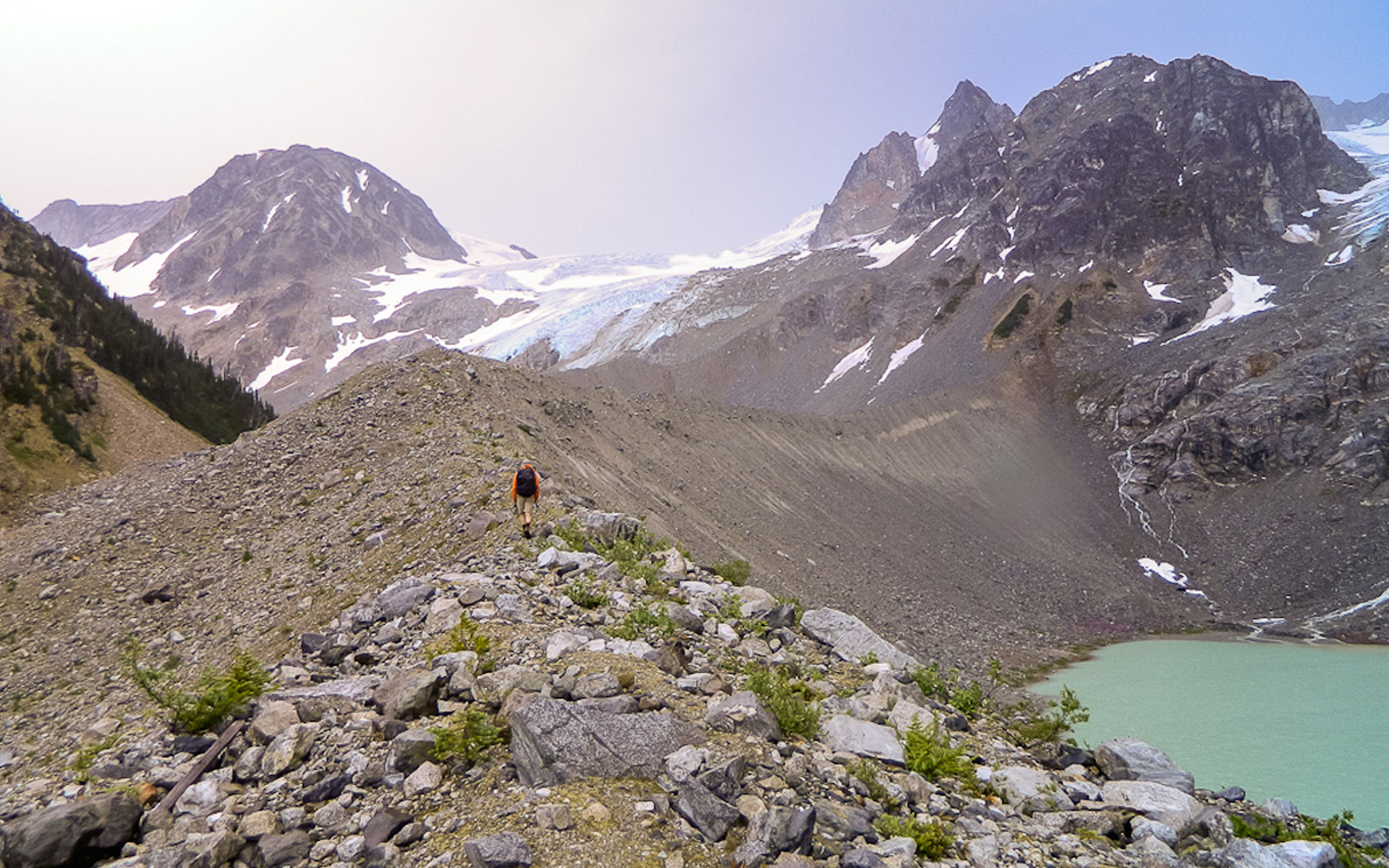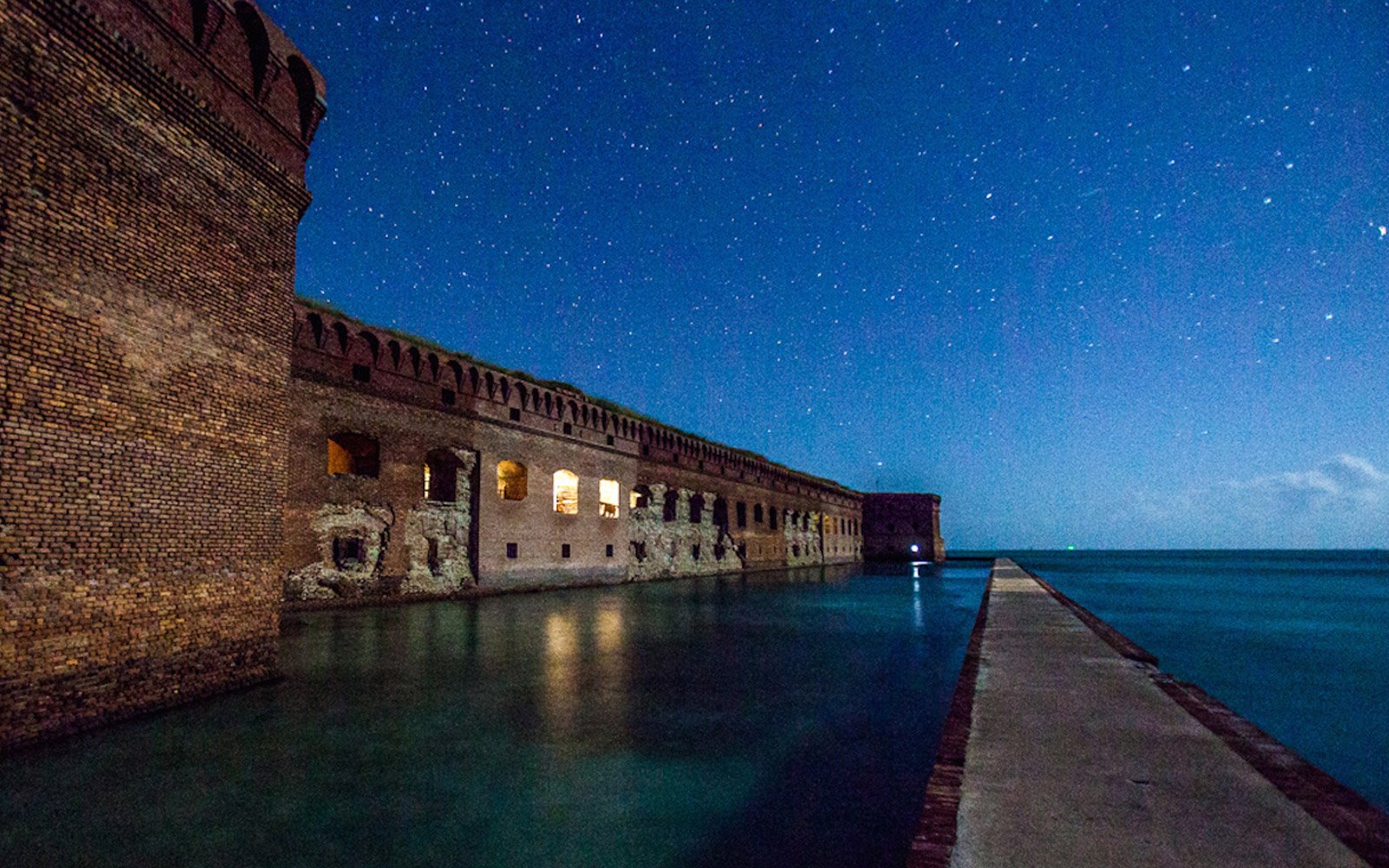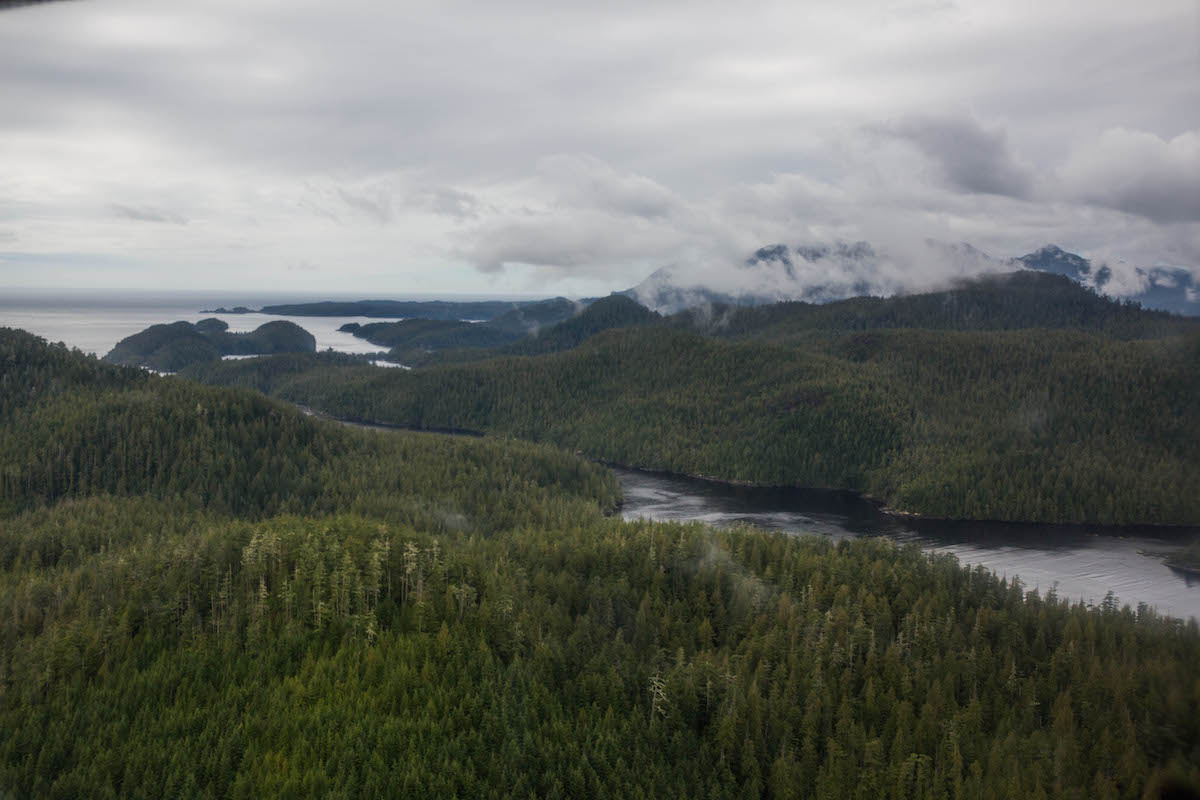
I looked out the window of our float plane, hovering low above the island and squinted my eye through the camera viewfinder for any sign of wolves trotting along the beach. It would be a rare sight with the noise from our Cessna but a good luck sign.
My expedition partner, Bertie Gregory, and I are attempting to find and film the coastal wolves that roam these shores. These phenomenal creatures live in close quarters with other predators like mountain lions and black bears in this remote place off the west coast of Vancouver Island. Bertie is working on a new National Geographic youtube series in collaboration with the Scientific Exploration Society about his search for this elusive species.
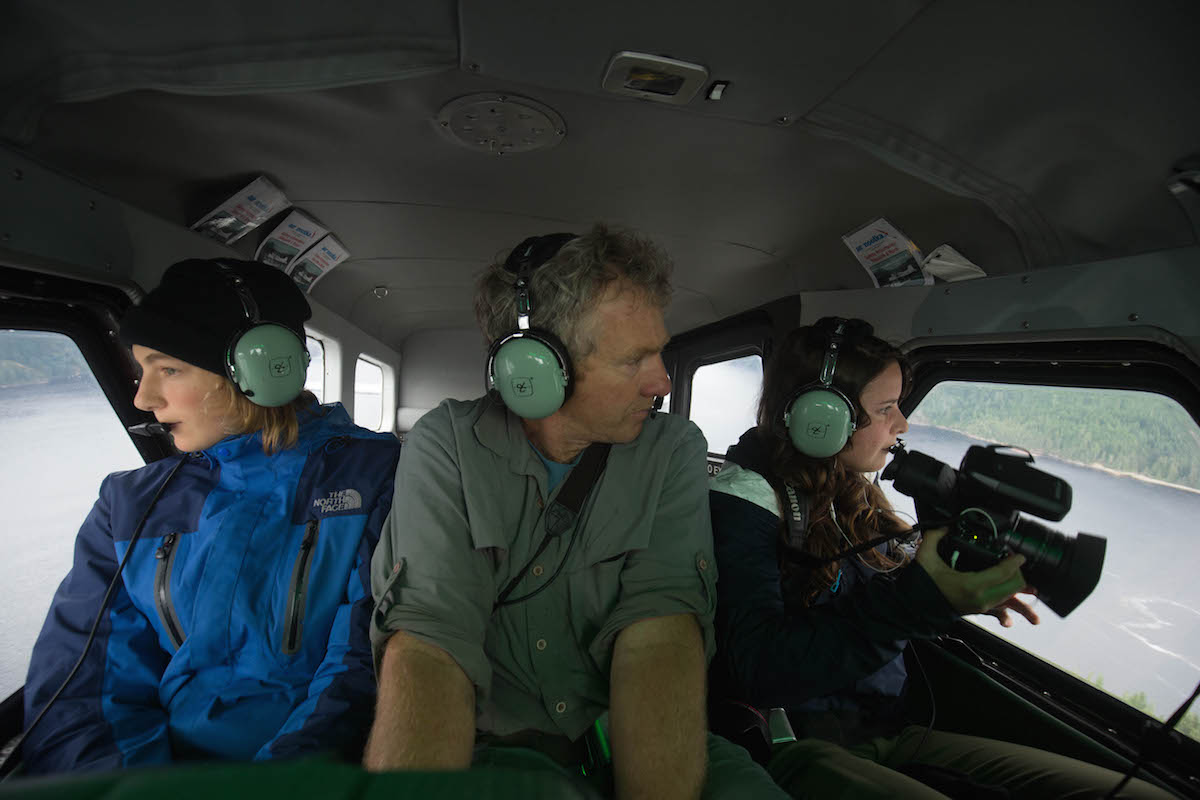
In the plane next to me is a wolf biologist, Lo, and his friend Sofia that will be with us for the first few days to help shuttle the immense pile of gear to our basecamp.
As soon as the pilot leaves, we start making our way through the dense, temperate rainforest. I’ve been on a lot of backpacking trips but this one is definitely different. When I ask how long our hike will be that day, the response is given to me in the form of hours, not miles. And I quickly find out why: crawling through the mud under fallen logs with 110L of equipment on my back felt more like training for the marines than making a documentary. But as I quickly learned, this is all part of it.
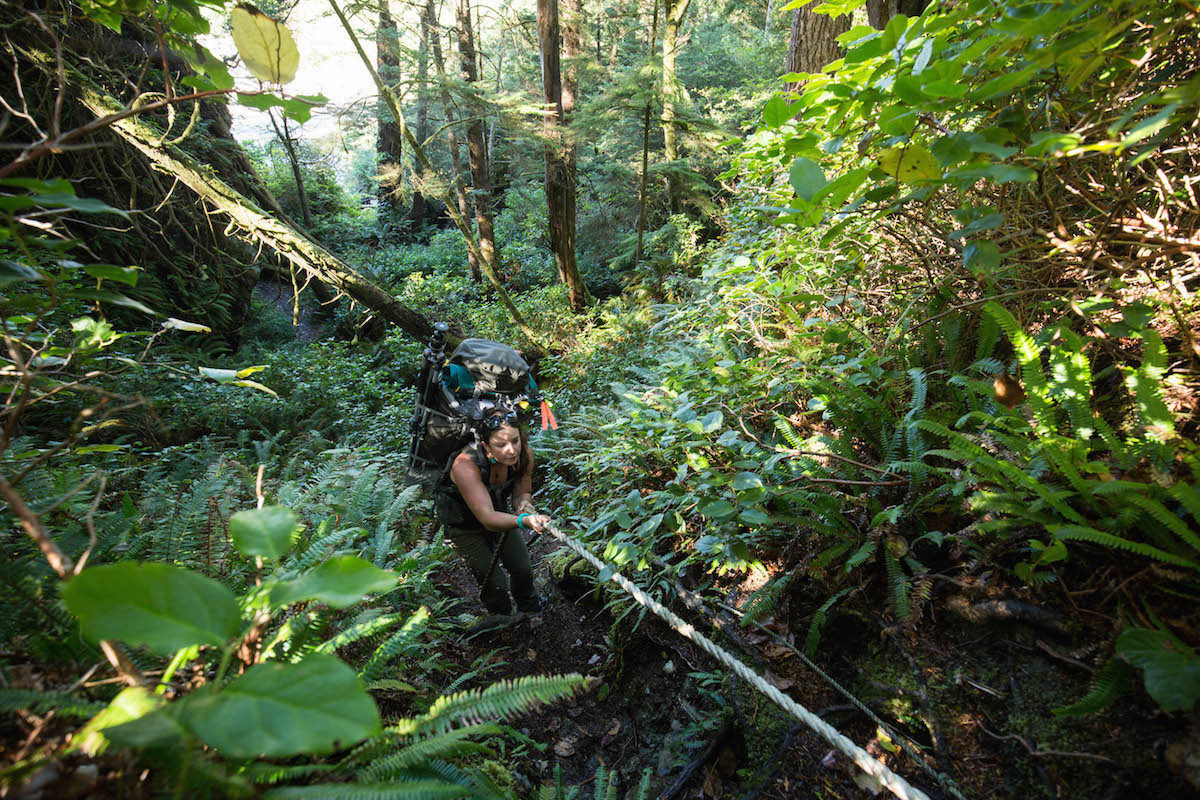
The travel on this island can dramatically change based on the time of day. If you wake up early enough, you can haul your gear across hard packed sand beaches with miles of empty coastline in front of you. But mistiming your departure with the changing tides could leave you trudging through calf-deep seaweed rot that blankets slippery ankle-breaking cobblestones.
But breaking an ankle isn’t even an option. We are far from civilization- maybe the most remote place I’ve been yet. With seventy-five miles between us and the nearest helicopter base (or paved road for that matter), help is a long way out. Our satellite phone and radio are the only forms of communication, and I try not to let those devices give a false sense of security.
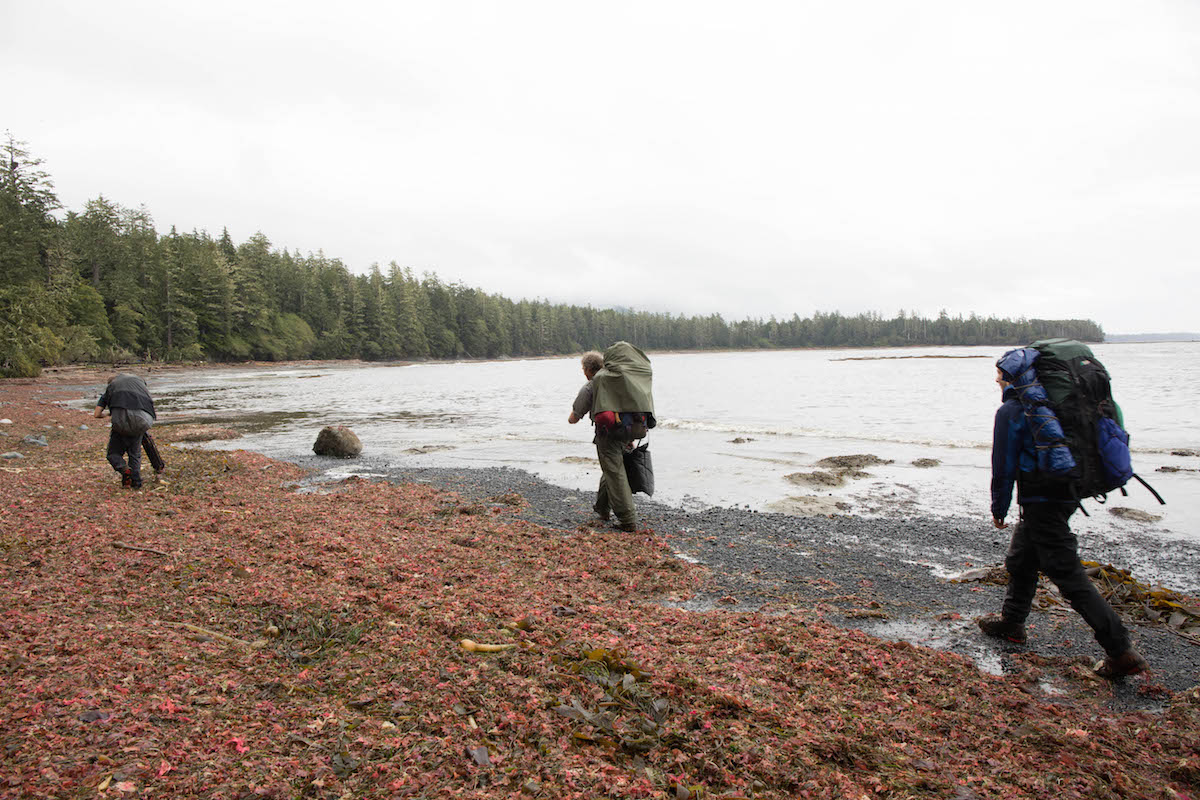
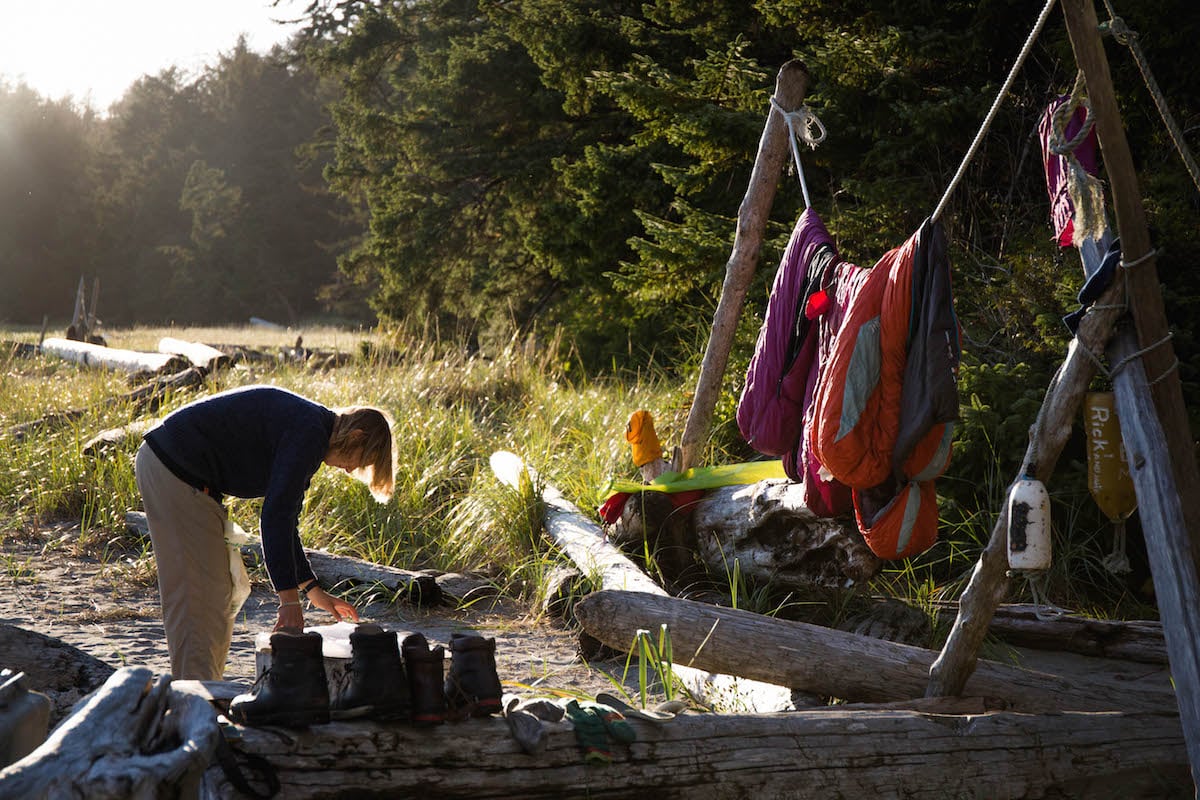
After three days of hauling equipment, Bertie and I waved goodbye to Lo and Sofia as they left on their float plane home, leaving us alone on the island with the wildlife as our only company.
It was a torrential downpour the day we started building our driftwood blind. Spending the time to ensure your blind is well built can make the difference between keeping both you and the gear protected from the elements. It can also change the odds of seeing your subject before they see you. The goal is to make your position as inconspicuous as possible; to think like a wild animal and imagine what they might see.
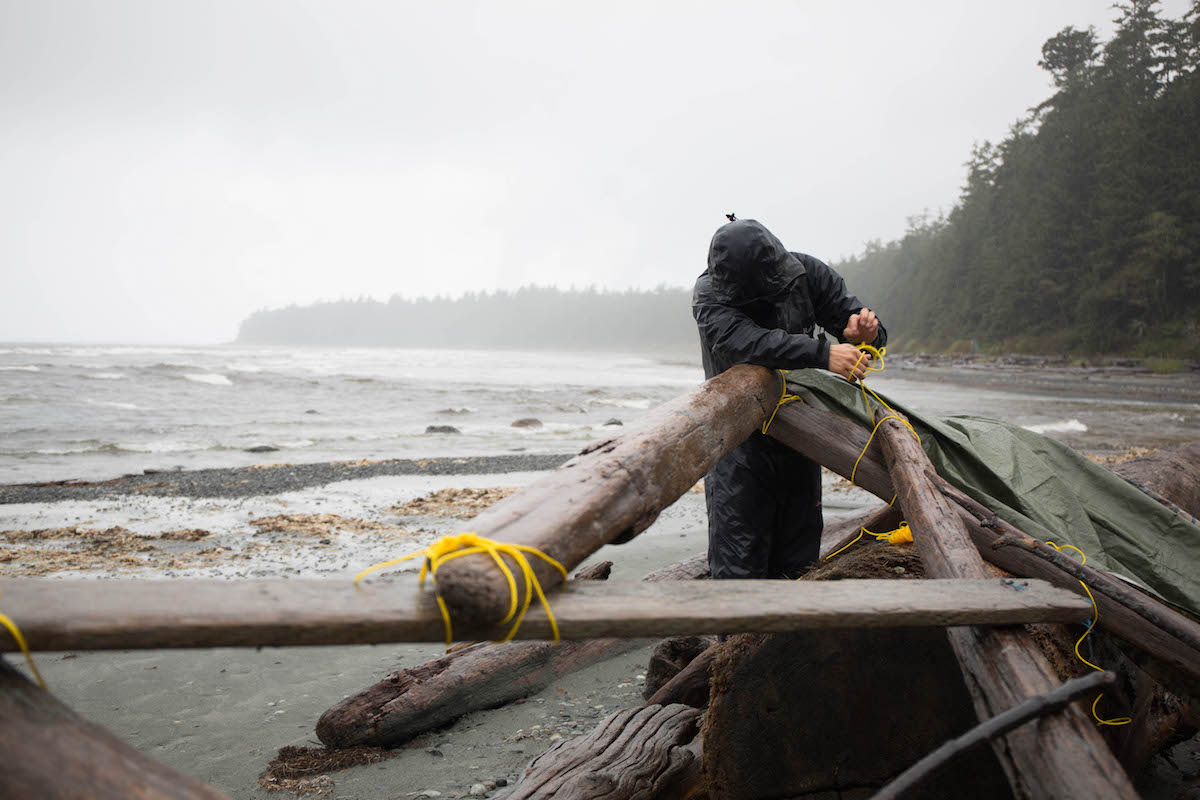
The general rules of thumb for sitting in a blind are as follows: No eating, no drinking coffee- no matter how early it is- in general, any foreign smells are banned from the space, no talking, no sleeping, and keep your eyes on the horizon line.
Finally, after the rain stopped and we finished the build, it was time to wait.
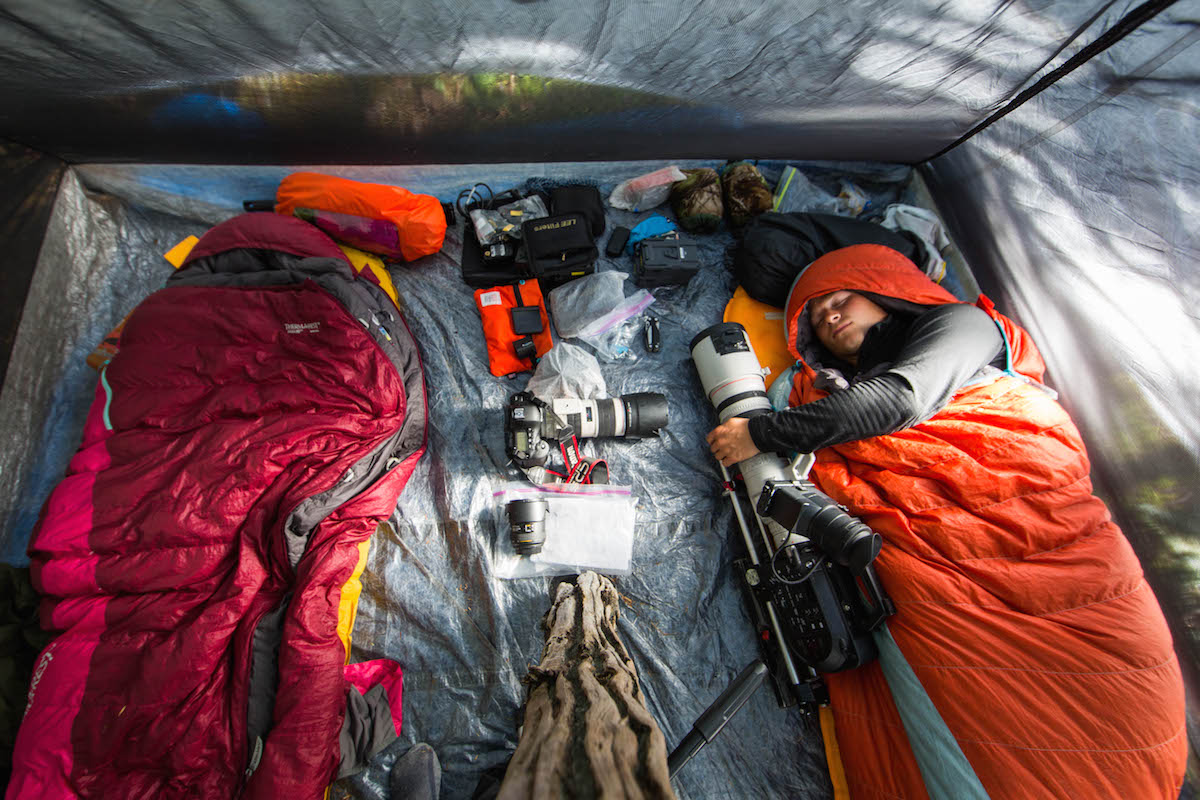
Tune in to the series from National Geographic here.
